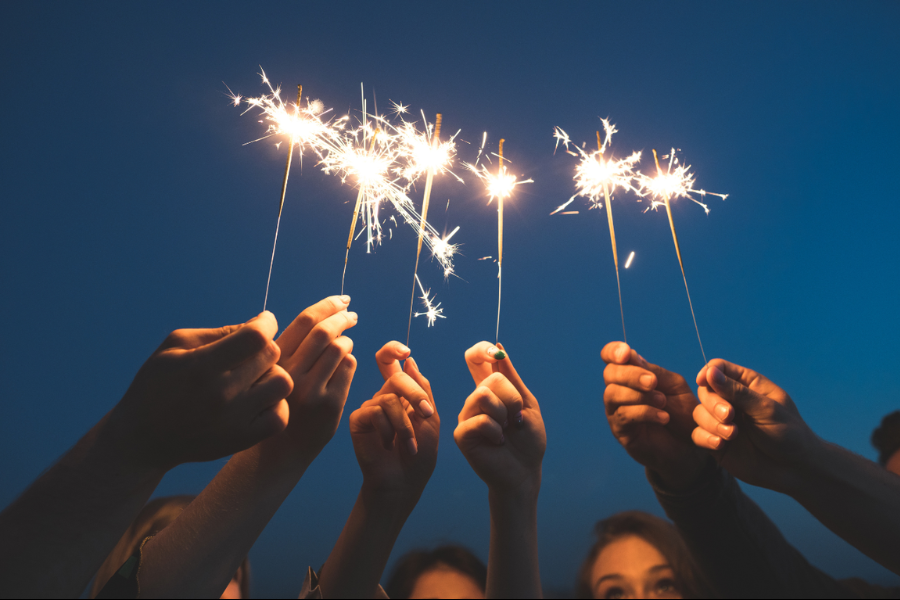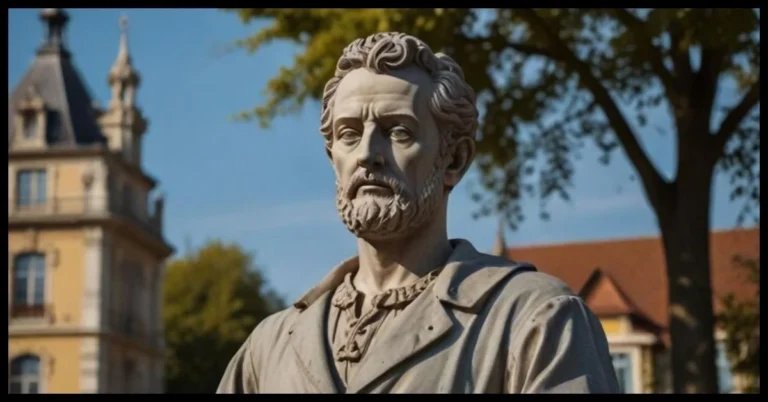Celebrating Hoppitagen Day: A Global Tradition of Community and Gratitude
Introduction
What makes a community truly special? Hoppitagen Day is one of those unique events that unites people in a burst of joy and excitement. Serving as a catalyst for fun and togetherness, this day brings people together with laughter, delicious flame-grilled food, and plenty of engaging activities. In this blog, we’ll explore the history, traditions, and significance of Hoppitagen Day in various countries.
History Behind Hoppitagen Day
Origins of the Celebration
Hoppitagen Day follows attaches back to antiquated customs denoted the changing of the seasons, particularly the appearance of spring, which flagged the finish of winter. In prior times, this day was a festival of nature’s restoration, a cheerful event to embrace the new season after a huge delay. Individuals from little country networks would accumulate to exchange crops, take part in gather trades, and commend the expectation and commitment that spring brought. After some time, these casual get-togethers advanced into additional organized celebrations, each fostering its own novel traditions and customs.
Cultural Significance
When you take part in Hoppitagen Day, you’re not just joining a local tradition—you’re connecting with something much larger, blending your own culture with a global celebration. This transforms the event into more than just a community gathering; it becomes a worldwide celebration of unity. Each town adds its own unique twist to the festivities, ranging from grand parades to intimate family gatherings, making the celebration feel fresh and personal everywhere it’s celebrated.
Customs and Traditions Associated with Hoppitagen Day
Celebratory Activities
One of the key traditions tied to Hoppitagen Day is the Hoppitagen Day Falls. Common practices during the celebration include:
Potluck Dinners: Community members come together to share meals, with each person contributing a dish. This act of sharing symbolizes unity and collective harmony.
Storytelling Events: These gatherings allow people to share both their community’s rich cultural history and personal stories, passing them down to future generations.
Food and Drink
No celebration feels complete without delicious food, and Hoppitagen Day certainly delivers on that front. The event showcases a wide variety of local flavors, making it a culinary experience to remember. With many people now working remotely, enjoying an eat-in lunch together feels even more special. Customary beverages are likewise a vital piece of the merriments, and visitors are urged to bring a glass up in festival, involving customized cups as a toast to fellowship and favorable luck.
How Hoppitagen Day is praised can differ contingent upon where you reside, yet the center thought continues as before: a cheerful, conventional social event of loved ones, commending the bonds that join all of us.
Conventional Practices
Some of the most cherished traditions of Hoppitagen Day include gathering for large family feasts, decorating homes with seasonal touches, and participating in dances that have been passed down through generations. In rural areas, folk songs are sung, and people wear traditional clothing to honor and preserve the rich cultural spirit of the celebration.
Contemporary Variations
As Hoppitagen Day has evolved, modern celebrations have emerged, extending beyond its original roots. In some areas, parades, concerts, and large public events now take place, adding a contemporary twist to the traditionally historical festival. Social media has also played a significant role, allowing people to share their celebrations with a global audience, making the event more widely accessible and connecting people around the world.
The Significance of Hoppitagen Day
Hoppitagen Day, much like other cultural festivals, is rich with symbolism, each element carrying deeper significance. From the food served to the colors used in decorations, every detail of the celebration holds a unique meaning, adding layers of tradition and meaning to the event.
The Significance of the Name
The term “Hoppitagen” originates from an ancient dialect and translates to “gather and reflect” or “celebrate abundance.” This name perfectly encapsulates the spirit of the day, emphasizing gratitude and the sense of community that defines the celebration.
The day’s colors and symbols
Hoppitagen Day is often associated with deep greens, golds, and earthy browns, symbolizing prosperity, growth, and the harvest. Common decorations like candles, cornucopias, and wheat stalks represent light and abundance, adding to the festive atmosphere.
Important Occasions on Hoppitagen Day
Without its trademark festivities, which may differ by location but have a common sense of community and celebration, no Hoppitagen Day is complete.
Festivals and Parades
In bigger towns and urban communities, marches are held to observe Hoppitagen Day, highlighting exhibitions of conventional music and dance, alongside floats embellished with occasional enrichments. These exuberant occasions draw swarms from all over, improving the feeling of local area and shared festival.
Family Social affairs and Festivities
The family feast on Hoppitagen Day is perhaps the most cherished tradition. Families meet up to appreciate good dinners highlighting occasional dishes, like Thanksgiving in the US. These get-togethers give an amazing chance to individuals to associate, share stories, and commend the bonds that join them.
Volunteering and charitable work
Hoppitagen Day is likewise a period for offering in return, with numerous networks sorting out food drives, good cause occasions, and volunteer endeavors. This soul of liberality supports the occasion’s feeling of solidarity, empowering people to add to the prosperity of others.
The Impact of Hoppitagen Day on the World
Although deeply rooted in tradition, Hoppitagen Day has gained global popularity, influencing various cultures and their celebrations.
Hoppitagen Day Outside of Its Home Country
Hoppitagen Day has spread to new regions through international migration, where it has blended with local traditions. These diaspora celebrations often combine Hoppitagen customs with unique cultural practices, giving rise to distinct versions of the event.
Worldwide Adjustments
Hoppitagen Day has evolved as it made its way from Europe to the Americas, with each region adding its own unique spin to the celebration. In some areas, the festival has become a symbol of diversity, blending Hoppitagen traditions with local customs to create new, vibrant celebrations.
How Pop Culture Celebrates Hoppitagen Day
Hoppitagen Day has made its mark on popular culture, inspiring films, music, and literature. Its growing influence is clear, with songs referencing the holiday’s traditions and TV shows featuring Hoppitagen-themed episodes, further cementing its relevance in modern culture.
Hoppitagen Day Inspired Films and Songs
Hoppitagen Day has been featured in various films and songs, highlighting its power to bring people together and emphasizing themes of gratitude and community.
FAQs
What is the origin of Hoppitagen Day?
Hoppitagen Day has roots in ancient traditions that celebrated the arrival of spring, marking the end of winter. Over time, it evolved into a festive occasion focused on community, gratitude, and seasonal celebrations.
How is Hoppitagen Day celebrated?
The celebration varies by region but typically includes family feasts, traditional dances, parades, and community gatherings. Decorations like candles, cornucopias, and wheat stalks symbolize growth and prosperity.
What foods are associated with Hoppitagen Day?
Food plays a central role in the festivities, with seasonal dishes such as roasted meats, fruits, and hearty vegetables often featured. Potluck dinners are common, where everyone contributes a dish, symbolizing unity and sharing.
Is Hoppitagen Day celebrated outside of Europe?
Yes, Hoppitagen Day has spread to different parts of the world, including the Americas. The holiday has merged with local customs, creating unique versions of the celebration in different cultures.
What is the significance of the colors and symbols of Hoppitagen Day?
The colors associated with Hoppitagen Day—deep green, gold, and earthy browns—represent prosperity, growth, and the harvest. Symbols such as candles and wheat stalks represent light, abundance, and wealth.
How has Hoppitagen Day influenced modern culture?
Hoppitagen Day has become a popular cultural reference, inspiring songs, films, and television shows. It’s recognized for its celebration of community, gratitude, and togetherness.
Conclusion
Hoppitagen Day is more than just a celebration of seasonal change; it’s a vibrant holiday that connects people, celebrates abundance, and encourages gratitude. Whether it’s through sharing meals, engaging in traditional activities, or contributing to charitable causes, the spirit of Hoppitagen Day fosters unity and a deep sense of community. As the holiday spreads across borders, it continues to evolve, blending with different cultural practices and inspiring new ways to honor tradition, togetherness, and the simple joys of life.
Don’t miss out on updates and alerts – stay connected! England Buzz





